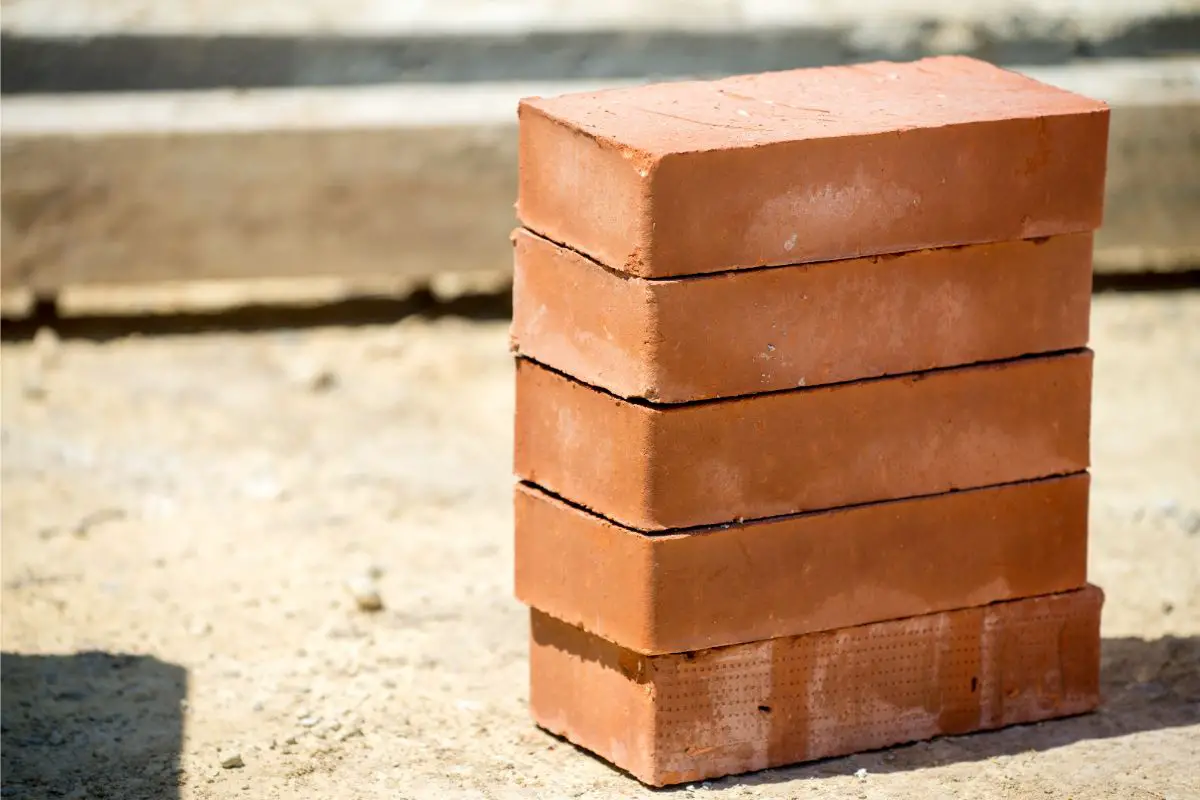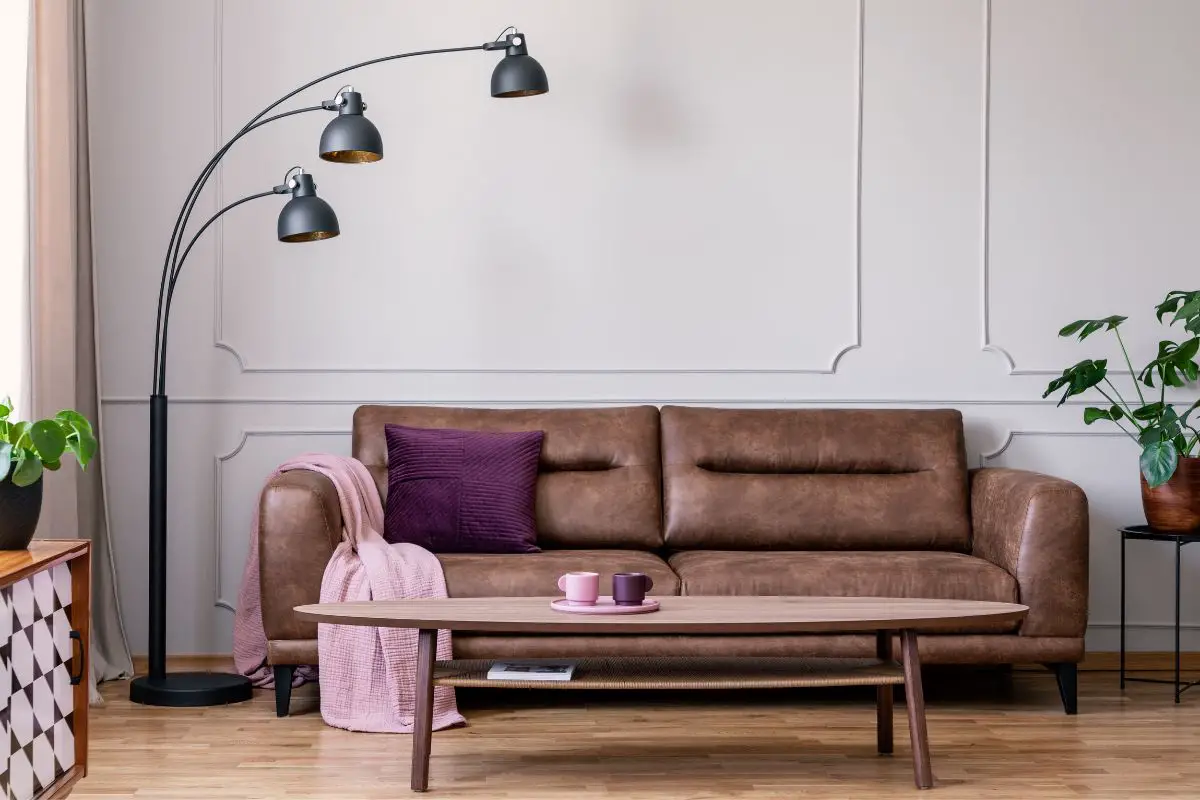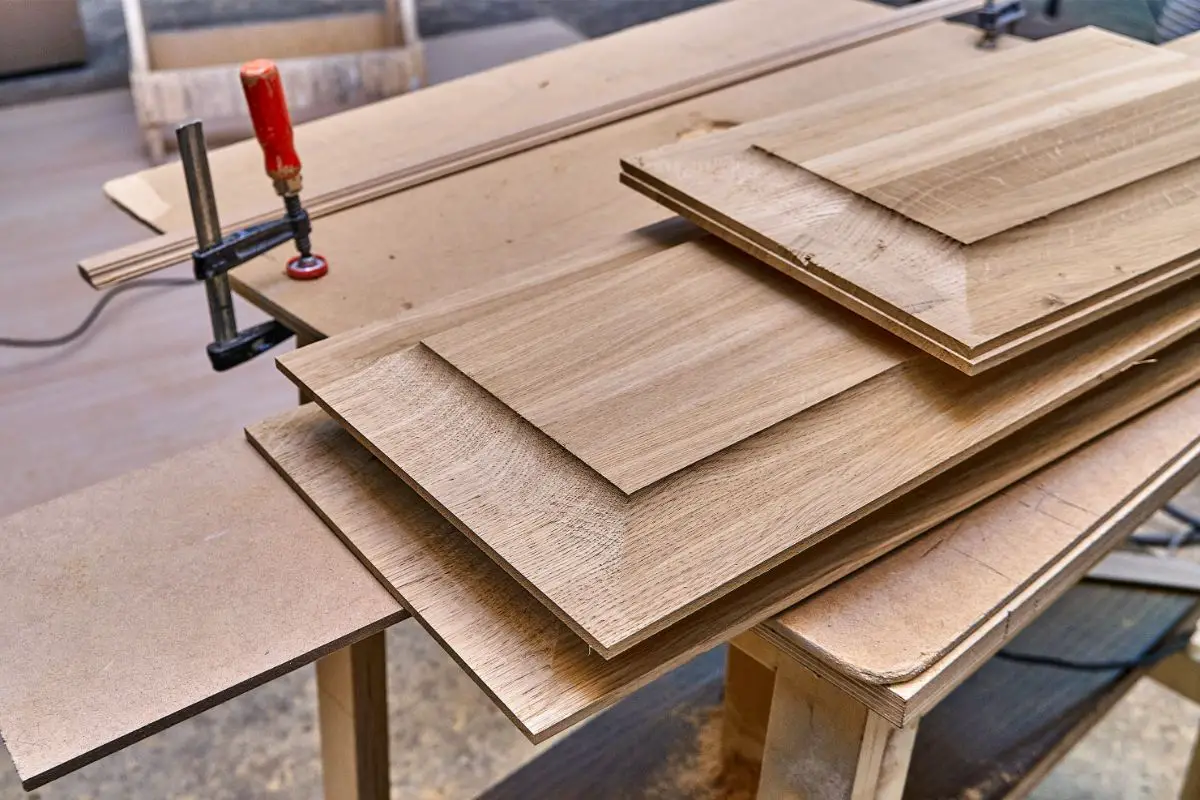Have you ever heard of a pony wall? You might think it’s something related to horses, but it’s actually an intriguing architectural feature that serves various purposes in home design. In this article, we’ll dive into the world of pony walls and explore their significance in construction and interior design.
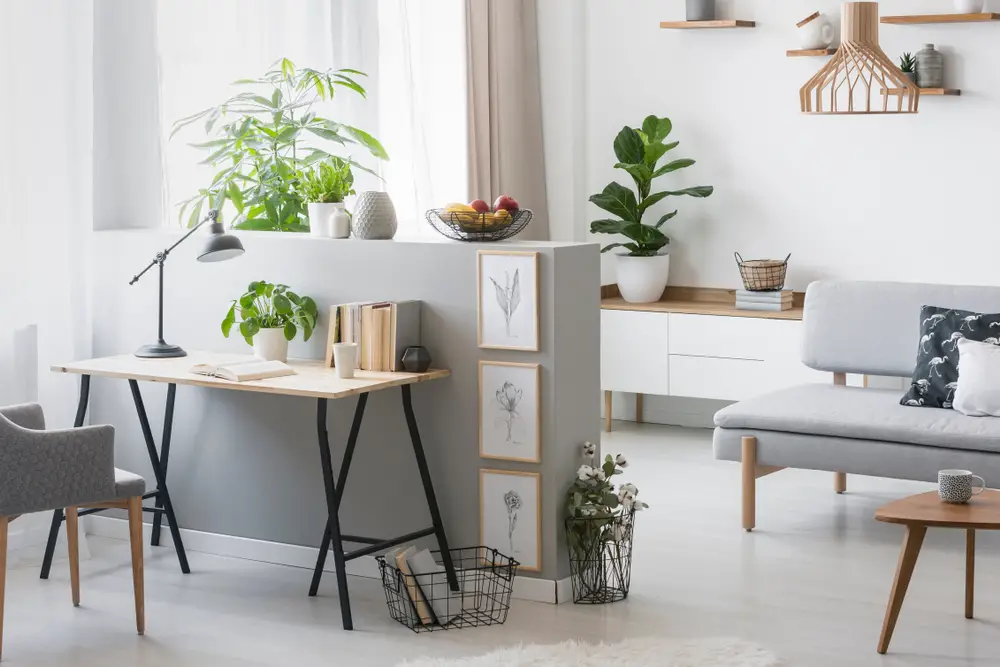
A pony wall, also known as a knee wall or a cripple wall, is a short wall that can be used as a non-structural wall, a room divider, or even a guard rail on stairs and balconies. Unlike load-bearing walls, pony walls are not designed to carry the weight of the structure. Instead, they provide a visual boundary, enhance privacy, and add architectural interest to a space.
When constructing a pony wall, it’s crucial to ensure a continuous load path for structural integrity. This means properly aligning the wall with the floor joists and ensuring a rigid attachment to the foundation or concrete slab. The bottom plate of the wall should be made of pressure-treated lumber and securely bolted to the concrete. Additionally, waterproofing measures should be taken to prevent moisture infiltration.
Pony walls can be finished with drywall and may even have a wood cap on top for a polished look. They can also accommodate electrical outlets if necessary, following the relevant electrical codes. Whether it’s creating a cozy reading nook or adding a visual separation in an open floor plan, pony walls offer endless possibilities in home design.
The Difference Between Pony Walls and Knee Walls
When it comes to home design, pony walls, and knee walls are two architectural features that are often confused with each other. While they may appear similar, there are key differences that set them apart in terms of their purpose and functionality.
Pony Walls
A pony wall, also known as a half wall or a short wall, is typically used as a room divider or a decorative feature in home design. It is usually waist-high, providing a visual separation between spaces without completely closing them off. Pony walls can be found in various areas of the house, such as bathrooms, kitchens, and living rooms, and they add a touch of versatility and openness to the overall design.
These walls are not load-bearing and are often constructed using non-structural materials such as drywall or wood. They can be easily customized and finished to match the surrounding decor. In a bathroom, for example, a pony wall can separate the toilet area from the rest of the space, providing privacy while maintaining an open feel.

Knee Walls
On the other hand, knee walls serve a different purpose in home design. Also known as stem walls, these walls are primarily used for structural support, especially in attics or upper levels of a home. Knee walls are shorter in height compared to pony walls and are typically built to support roof rafters or create cubby spaces.
Because knee walls are load-bearing, they require careful consideration during construction to ensure proper support and stability. They are often constructed using sturdy materials such as concrete or brick. Unlike pony walls, knee walls are not as versatile and are primarily functional rather than decorative.
Choosing the Right Wall for Your Design
When deciding between a pony wall and a knee wall, it’s essential to consider the specific needs and goals of your design. If you’re looking for a way to separate spaces while maintaining an open feel, a pony wall is the way to go. On the other hand, if you need structural support or want to create storage spaces in your attic, a knee wall is the more suitable option.
Ultimately, both pony walls and knee walls serve different purposes in home design. Understanding their differences and knowing when to use each will help you make the right choice for your specific project.
Modern Uses and Building Tips for Pony Walls
In today’s modern home design, pony walls have become increasingly popular due to their functional and aesthetically pleasing purposes. These versatile walls offer various uses and can enhance the overall look and feel of a space.
One of the modern uses of pony walls is creating privacy in bathrooms. By strategically placing a pony wall, you can separate the toilet area from the rest of the bathroom without completely closing it off. This allows for a more open and spacious feel while still maintaining a level of privacy.
Pony walls also work well in open floor plans, where they can serve as dividers between different areas. For example, a pony wall can be used to separate the living room from the dining area, creating distinct spaces while still maintaining an open and connected atmosphere.
In addition to their decorative purposes, pony walls can also provide practical functionality. They can be transformed into bookshelves, serving as both a wall and storage solution. Pony walls can also support entryways, providing a visual separation while maintaining an inviting and open feel.
When constructing pony walls, it is essential to ensure proper insulation and sturdy construction. This will help maintain the wall’s structural integrity and provide the necessary support. However, it’s important to note that removing pony walls is relatively straightforward compared to load-bearing knee walls, which require professional construction techniques due to their structural support role.
Overall, pony walls offer a wide range of uses and design possibilities, from creating privacy in bathrooms to serving as dividers and storage solutions. With proper construction and attention to detail, pony walls can be a valuable addition to any home, enhancing its functionality and aesthetic appeal.
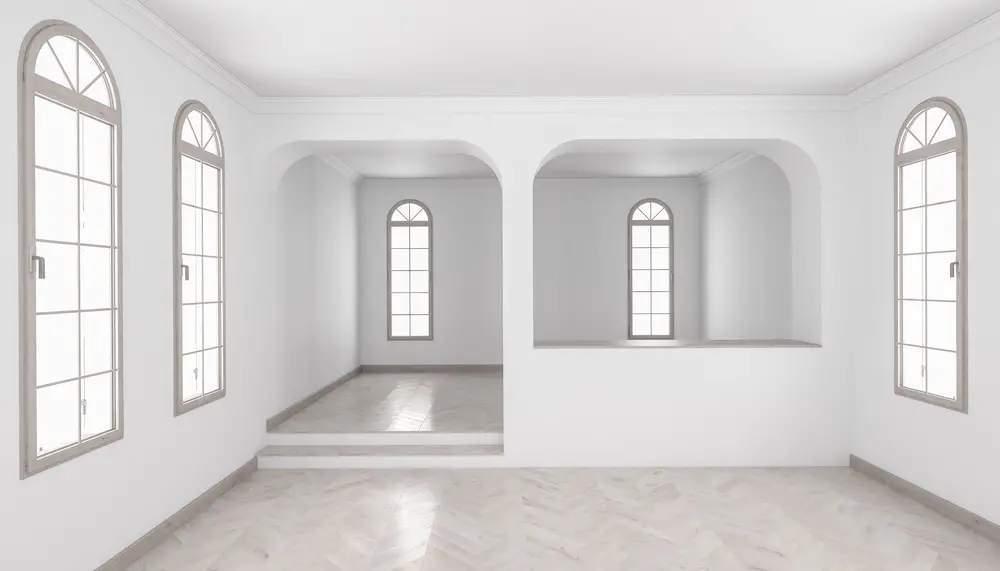
FAQ
Q: What is a pony wall?
A: A pony wall, also known as a knee wall or a cripple wall, is a short wall used for various purposes in home design. It can be a non-structural wall used as a room divider or a guard rail on stairs and balconies.
Q: Are pony walls load-bearing?
A: Yes, pony walls can be load-bearing. When constructed to bear weight, they require a continuous load path for structural integrity.
Q: How should the bottom plate of a pony wall be anchored?
A: When constructed on a foundation or concrete slab, the bottom plate of a pony wall should be made of pressure-treated lumber and bolted to the concrete for stability.
Q: Where are pony walls commonly used?
A: Pony walls can be used in various areas of the house, such as bathrooms, kitchens, and living rooms, to separate spaces without completely closing them off.
Q: What is the difference between a pony wall and a knee wall?
A: While both terms are often used interchangeably, a pony wall is a short wall used for room division and other design purposes, while a knee wall is primarily used for attic structural support or as a backdrop in upper levels of a home.
Q: What are some modern uses for pony walls?
A: Pony walls are versatile and can be used to create privacy in bathrooms, build bookshelves, provide entryway support, and create reading nooks. In kitchens, they can serve as breakfast bars or dividers between the dining area and kitchen.
Q: How should pony walls be properly built and insulated?
A: To ensure sturdiness and effectiveness, pony walls should be constructed with rigid attachment, waterproofing, and proper insulation. It is also important to follow sturdy construction techniques and guidelines.
Q: Can knee walls be removed?
A: Removing knee walls can be more complicated, as they are load-bearing walls and require proper construction techniques. It is important to consult with a professional to ensure the structural integrity of the home.
- What Kind of Room Has No Doors or Windows? - December 1, 2023
- What is a Powder Room? - December 1, 2023
- What Is a Kitchenette: Exploring the Features and Benefits of a Compact Kitchen - December 1, 2023





